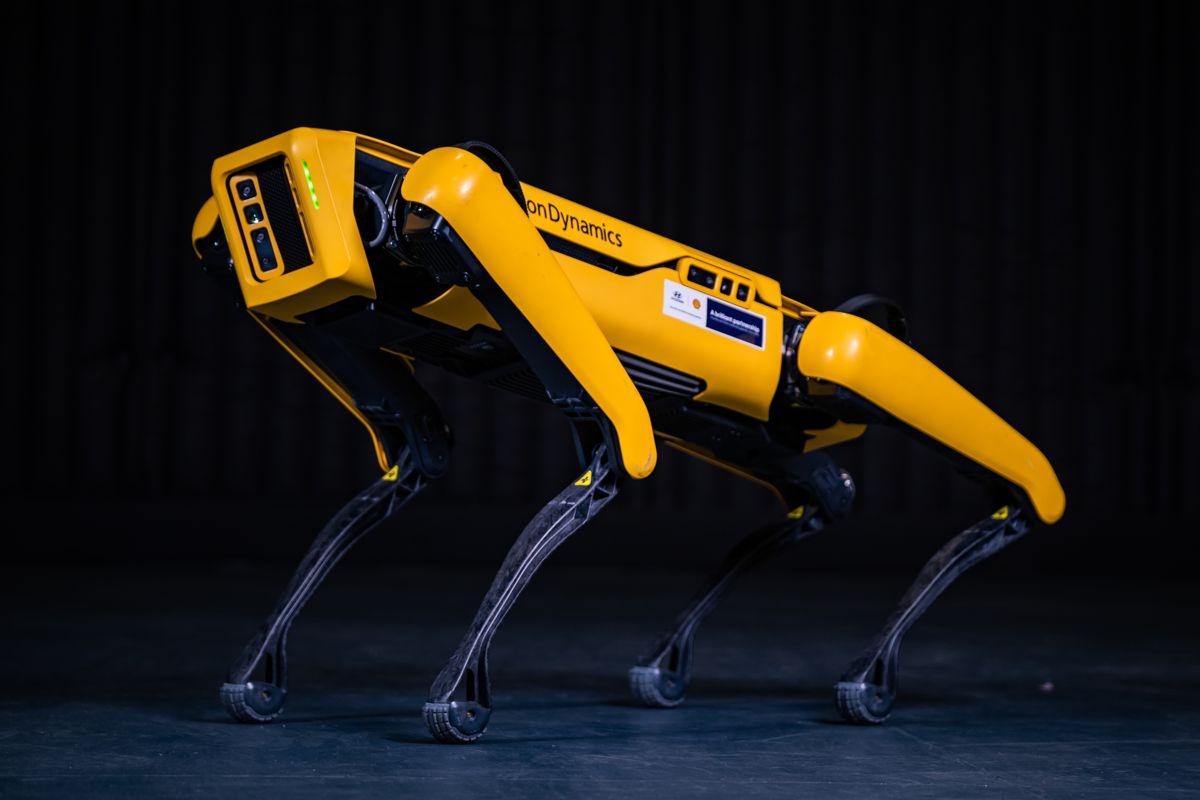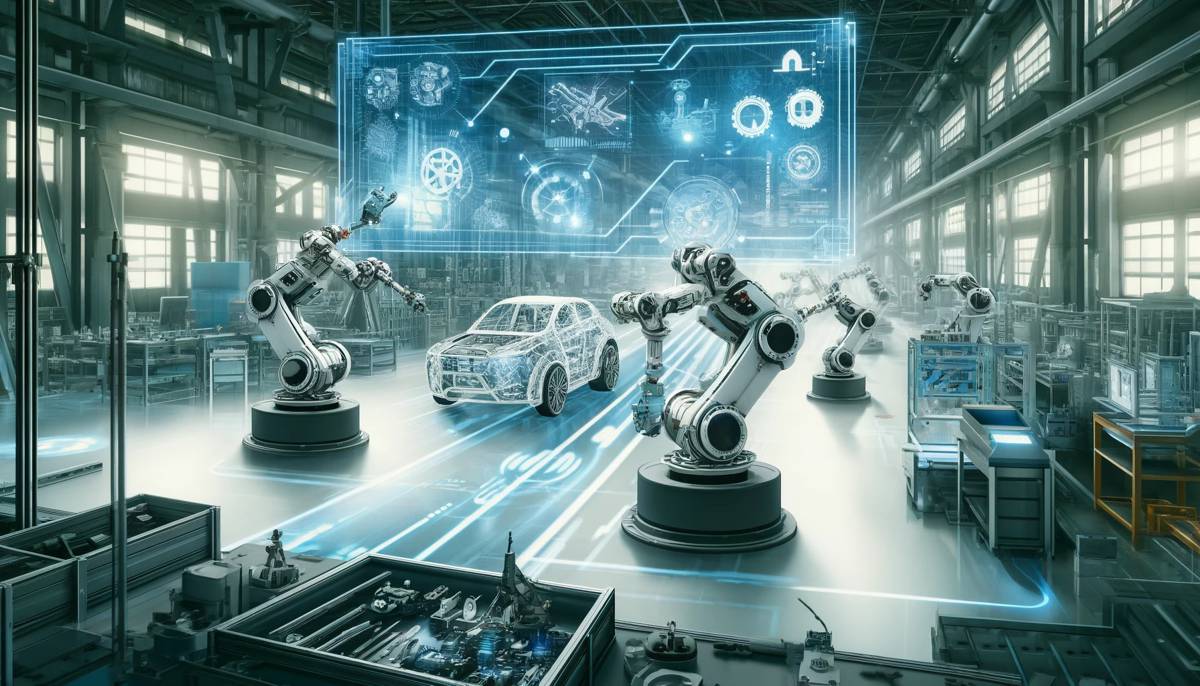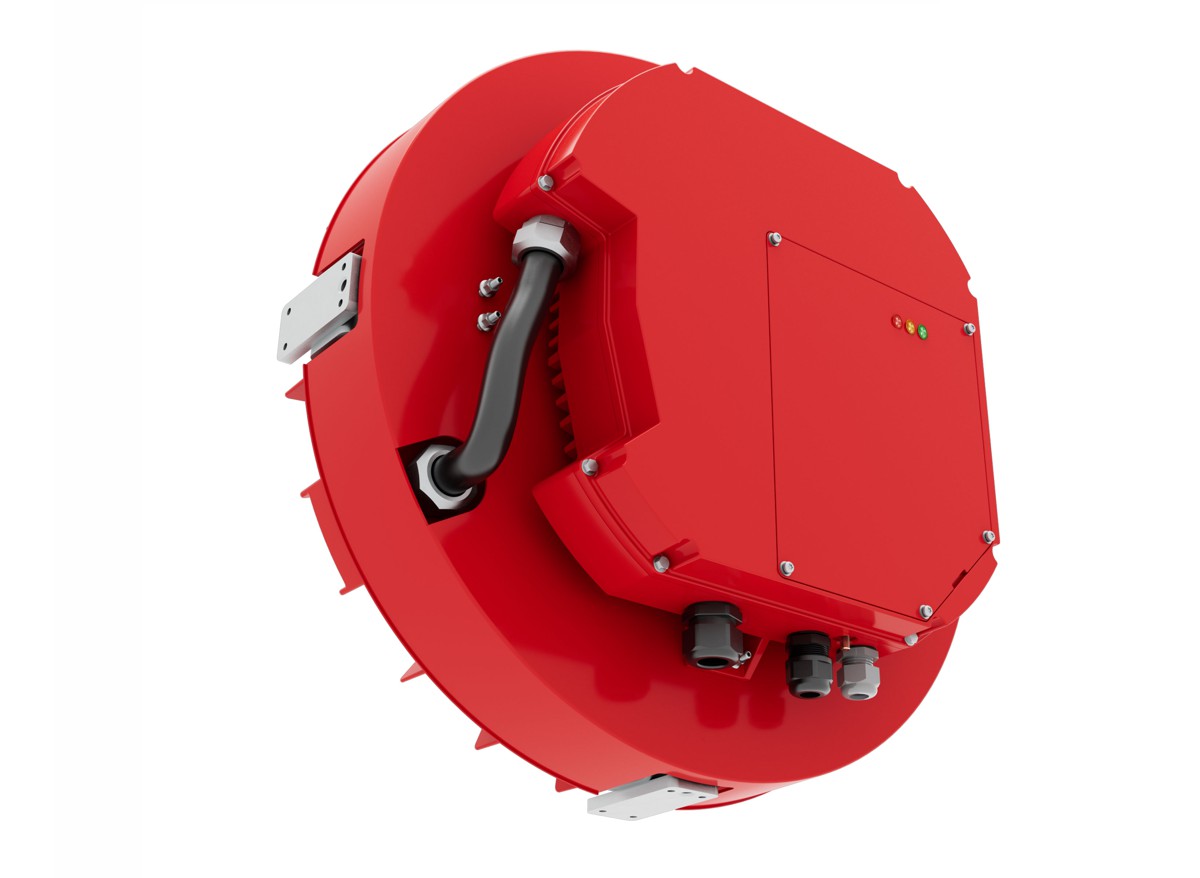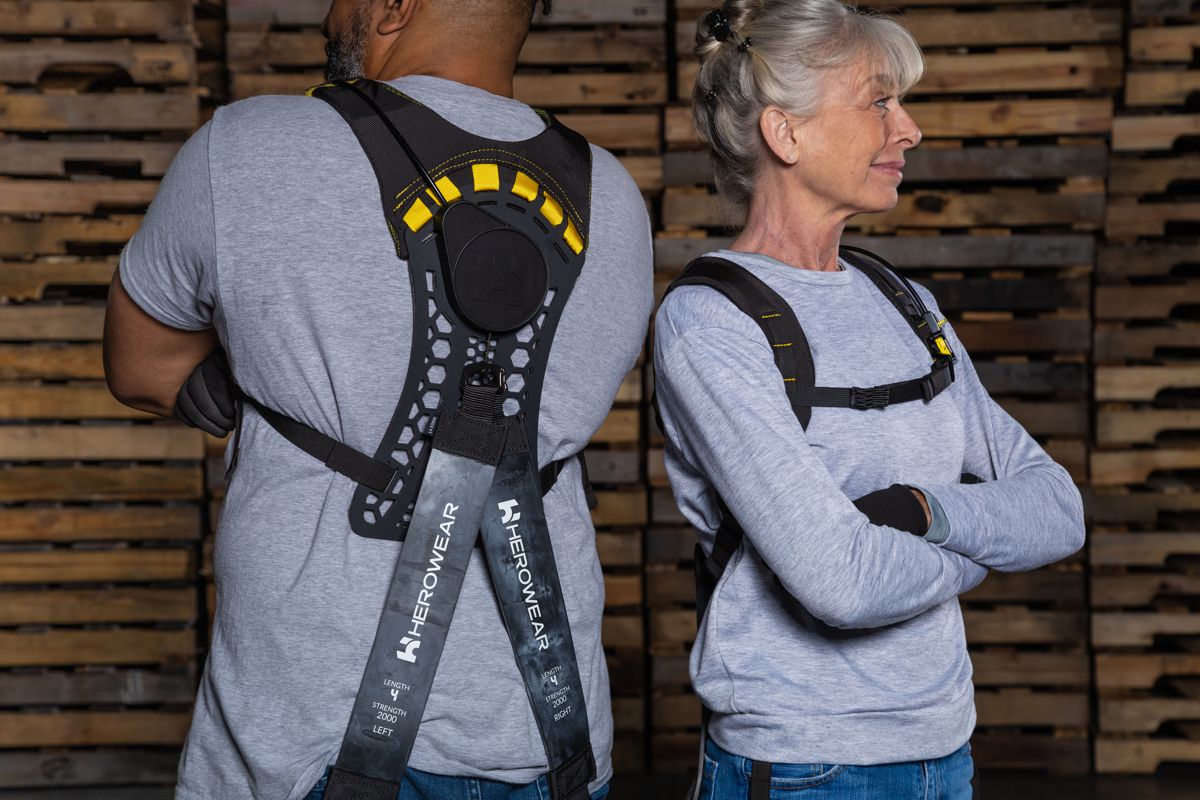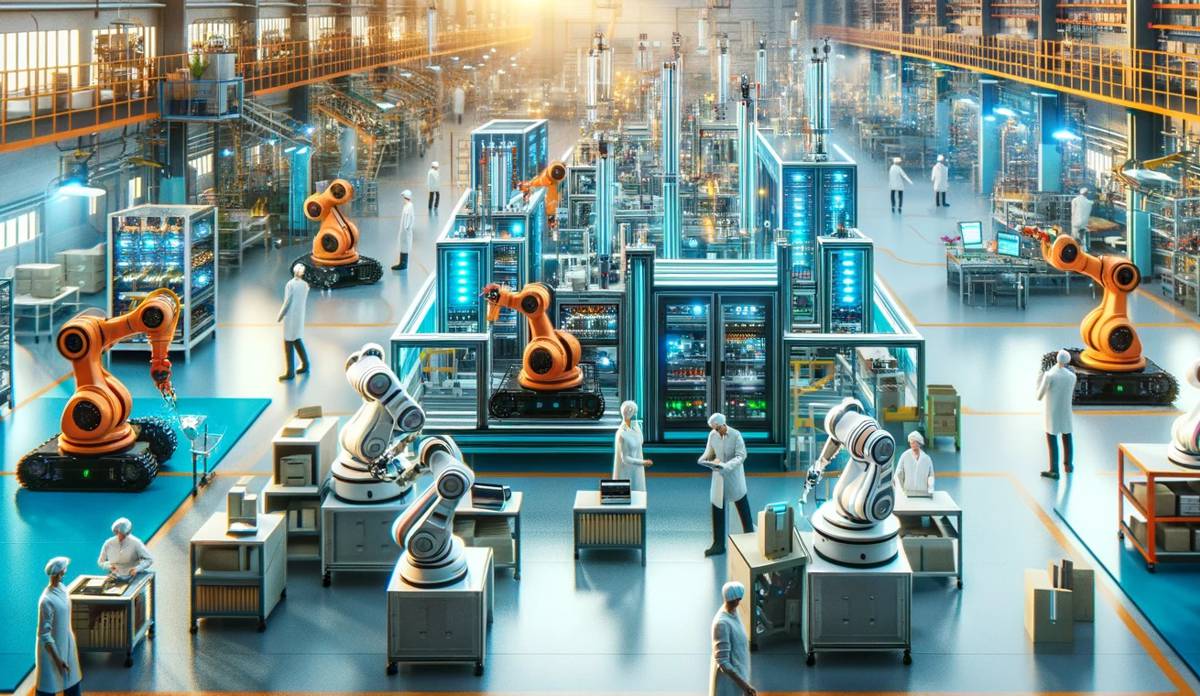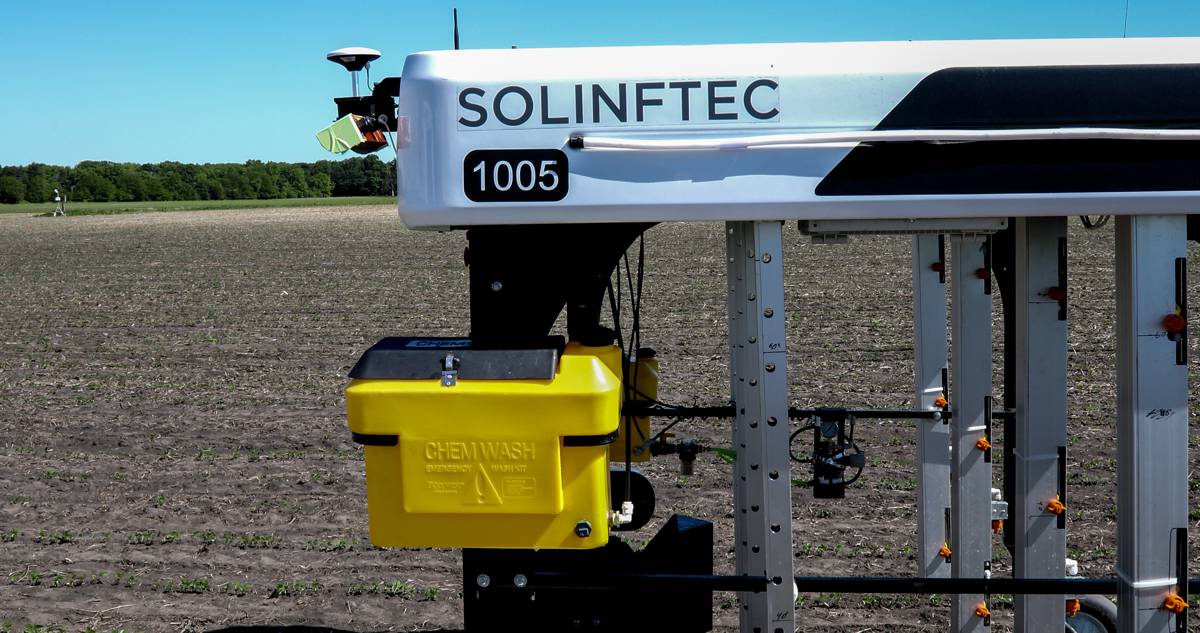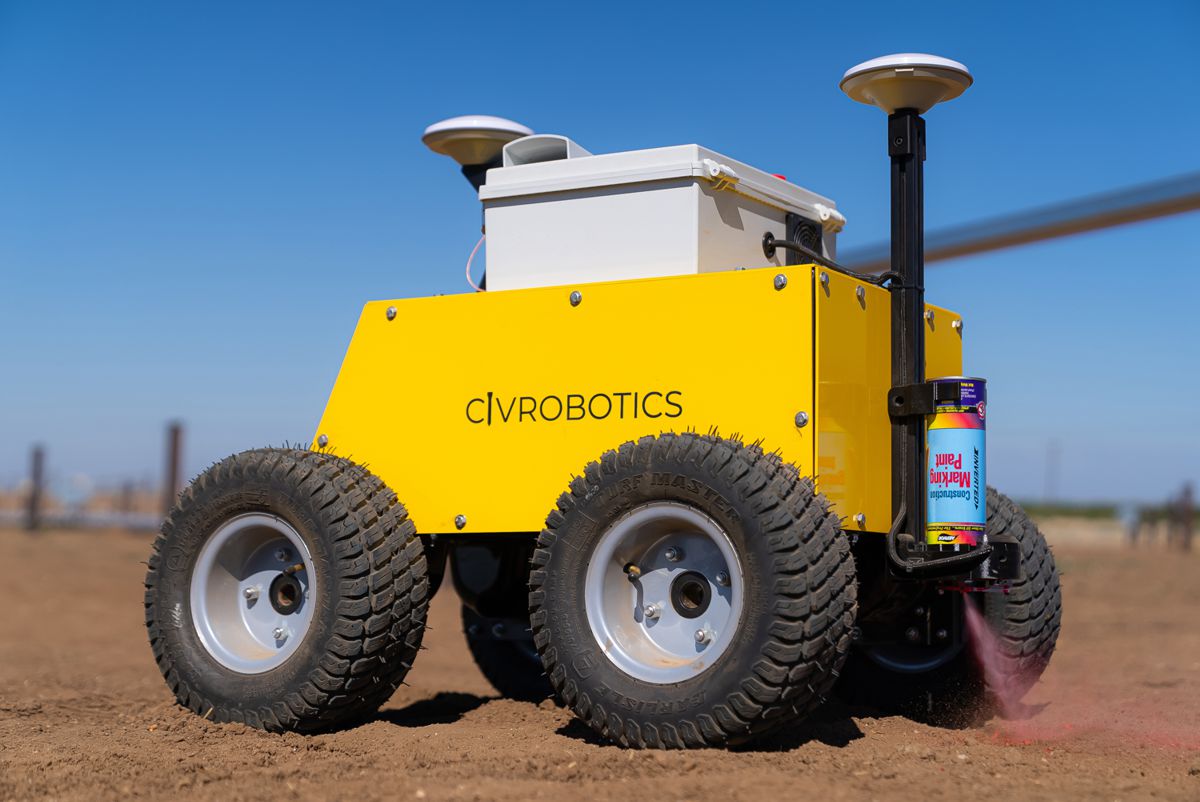Robot Dogs explore radioactive evaporator cell locked down for three decades
React Engineering, as part of the Nuclear Decommissioning Ltd consortium, is working to decommission parts of Dounreay, near Thurso, Scotland. In this case, no one has set foot in this particular Evaporator Cell for more than 30 years and before employees can enter the team needed more information.
The survey aimed to gather extensive information to fill knowledge gaps, which is essential for developing an effective decommissioning strategy for the facility.
Working with Createc and Boston Dynamics’ Spot the dog robots the team came up with a plan to support decommissioning planning for the facility. Two Spot robots were sent in carrying a range of equipment, enabling them to capture the dimensions of the cell, take swabs for radioactivity readings and set up effective communication channels to send back images and videos to the team.
The information obtained from the survey is pivotal in developing the decommissioning plan as uncertainty has a cost. The robots were able to assist the team in testing previous assumptions and providing more certainty going forwards. Now, the team can design a decommissioning plan understanding the safety hazards, providing cost savings and enabling more informed decision making.
Chris Weir, Principal Consultant, React-NDL, expressed enthusiasm about the project’s results, stating: “The evaporator cell survey, using Boston Dynamics’ Spot Robot, has been the result of a close collaboration between Createc, React-NDL, and Dounreay, to support decommissioning planning for the facility.
“The use of robotics allowed entry to a remote cell which hasn’t been accessed by personnel since the 1990s. The extensive information gathered provides insight that would not be possible from traditional technologies, greatly helping decommissioning planning, and giving greater certainty on future decommissioning liability, all while keeping humans away from the radiation hazard.
“The survey detectors were mounted onto the back of one of the robot dogs. A second dog was equipped with an arm, this one carried in a radio transponder which established a communications network in the cell to help with data transfer and control of the dogs throughout the large complex cell.
“The survey robot was equipped with a directional radiation sensor, a standard dose probe, Pan-Tilt-Zoom camera and Createc’s N-Visage Explore payload, including the Leica BLK ARC LiDAR scanner and advanced radiation detectors which mapped the geometry of the cell as the survey progressed. These are in addition to the on-board cameras and sensors already on the Boston Dynamics robot.
“So, as well as radiation, the survey recorded cell geometry and took a targeted image and video survey to look at areas of interest to the plant engineering team. In an industry first, the second arm-equipped dog was also used to take contamination swabs. It was a fascinating project to work on, using cutting edge technology to get a complex job done.”
The survey commenced in November 2022, with engineering work and safety assessments completed to ensure a successful survey. The survey provided crucial data, including images of the basement of the cell for the first time in over three decades, radiation levels within the cell, and key sources of radiation.
The cell had walkways which ideally suited SPOT which was able to collect the information needed. Physically the robot can move around and deal with difficult environments.
Will Newsom, Energy Managing Director at Createc, further highlighted the significance of the robotic and sensing system, he said: “Cutting edge robots from Boston Dynamics and bleeding edge radiation sensing hardware from Createc were successfully utilised in the most complex robotic deployment in UK nuclear to date.
“The use of this robotic and sensing system has meant that humans were kept away from the radiation hazard. It has allowed the team to capture digital data which can be analysed, to extract insights that would not be possible from other traditional technologies. All three companies pushed the boundaries to deliver this complex project, whose outcome will inform the future plant decommissioning.”
The next steps involve combining this invaluable data with future decontamination trials to reduce uncertainty and enable detailed planning for decommissioning. This significant milestone brings the project closer to the mission of accelerating decommissioning, making nuclear decommissioning safer, faster, and more cost-effective.



